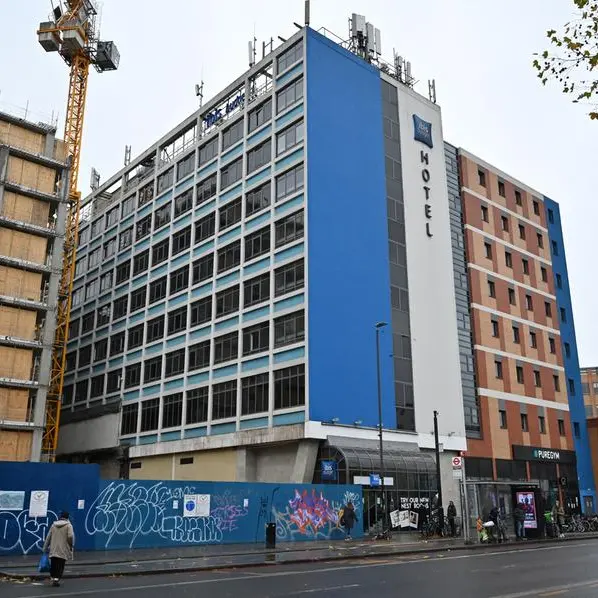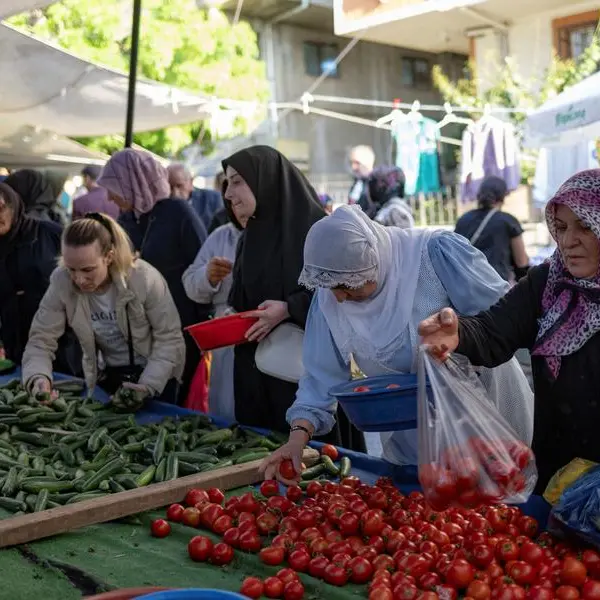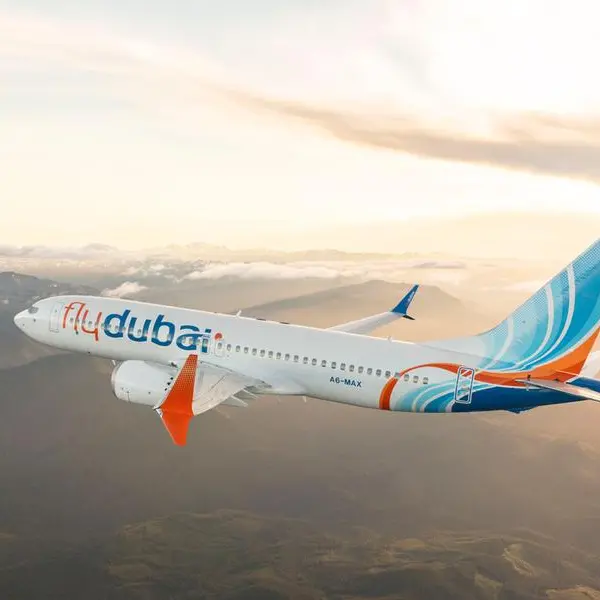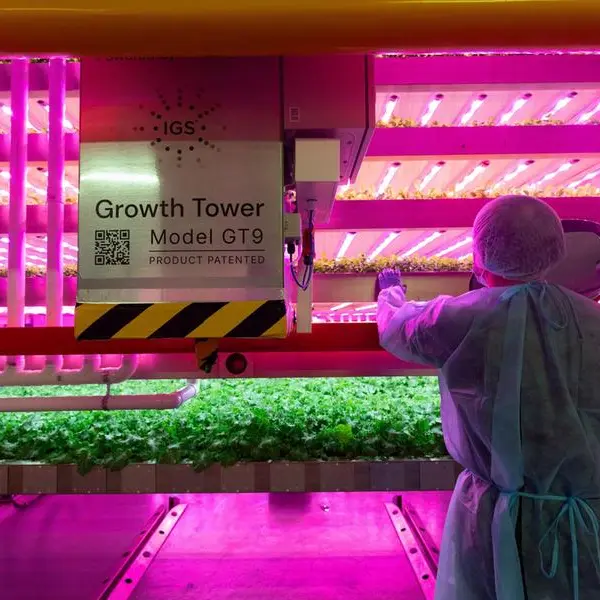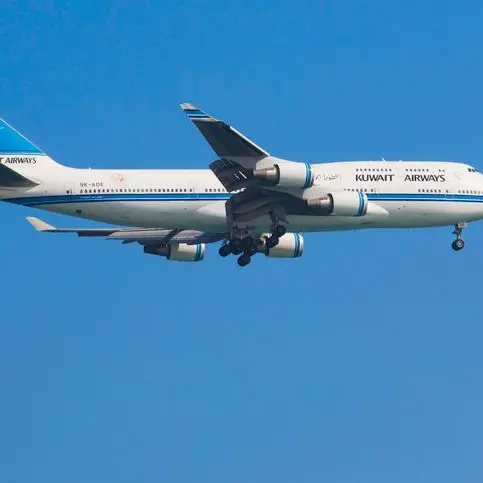There are many forces driving the continual evolution of the food and beverage (F&B) market in the Gulf Cooperation Council (GCC). As consumer eating habits have changed, eating out on a regular basis, rather than just for special occasions, has become the norm. Increasingly, business interactions are also being conducted in dining venues. Younger GCC nationals have a strong inclination towards a more western lifestyle. Food remains the largest segment of consumer expenditure in the region and will continue its growth trajectory for the next five years. MENA Research Partners have predicted that consumer spending in the GCC food sector will grow at an annual rate of 7.1 percent to reach $196 billion in 2021.
Despite the rapid and dynamic growth witnessed within the F&B sector, there are still numerous challenges currently facing the industry. Cost control ranks top of this list. As companies struggle to find alternative sourcing options to reduce operational and administrative costs, the incessant increase in commodity prices, along with rising lease and labour costs, continue to be an impediment to cost control.
For example, the cost of beef, in particular, has substantially increased due to a cattle shortage. Moreover, commercial rents are extremely high in countries such as the United Arab Emirates and Qatar. To curtail these costs, many employers are now looking at new countries to source cheaper labour, thus negatively impacting the overall service quality of the industry.
Moreover, the introduction of VAT in the region has hindered consumers’ eating out pattern by limiting their disposable income. Everyone is now looking for a discount, which has resulted in a surge of discount group-buying websites placing added financial pressure on businesses.
Social media and mobile technology have emerged as key players in the F&B market. Having embraced these alternative sales channels, as opposed to traditional sales and advertising in newspapers and magazines, F&B companies are now spending much more in this area reaching out to new customer segments through coupons and incentives. Looking ahead, fresh foods will continue to hold more and more importance, with a discernible shift in consumer values towards healthy eating.
Health remains a very powerful driver in influencing purchases and F&B companies have to incorporate healthy menu options to cater for this ever-increasing consumer segment. Moreover, many consumers are also trading down from full service restaurants directly to casual formats offering fresh, healthy menus.
As sophisticated palates increasingly look for different taste sensations and consumers become more receptive to new culinary trends, a mass influx of F&B operators has led to a fiercely competitive marketplace in the GCC - and more particularly, the UAE.
With so many companies seeking to penetrate the market, the exponential growth within this industry has made it less lucrative for both new and existing operators. Profit margins are eroding due to increased costs, and F&B companies have the formidable task of continuously developing new products, adjusting pricing strategies and expanding geographically.
The key to sustained positive financial performance is not only the ability to respond effectively to consumer demands but also to provide a greater variety of high quality products at a cost-effective price. Only well established companies with solid infrastructure, strong financial resources and a long-term view will prosper in this grueling industry.
Any opinions expressed here are the author’s own.
Disclaimer: This article is provided for informational purposes only. The content does not provide tax, legal or investment advice or opinion regarding the suitability, value or profitability of any particular security, portfolio or investment strategy. Read our full disclaimer policy here.


